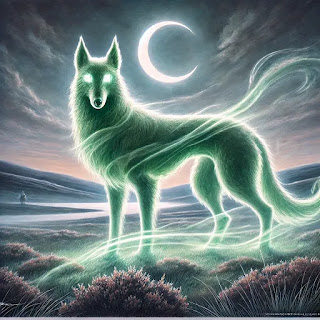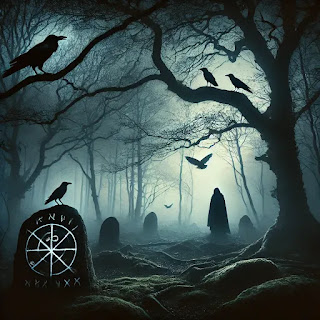As January comes to a close, I find myself drawn to reflection. There’s something about endings that invites us to pause, to look back at the path we’ve walked before stepping forward into what comes next. It’s a moment to celebrate the progress we’ve made, the lessons we’ve learned, and the small joys that carried us through.
This month, I’ve spent a lot of time reconnecting with the roots of my creativity—finding inspiration in simple things, revisiting the threads of connection that shape us, and practicing patience in the quiet moments. Each post, each story, felt like tending a garden, nurturing ideas that might not bloom immediately but will one day.
The Lessons of January
Here are a few lessons January taught me, lessons I hope to carry into the rest of the year:
Inspiration is Everywhere
Whether it’s a steaming loaf of honey bread, a walk through the woods, or the quiet resilience of a garden, the world is full of stories waiting to be noticed.Patience is a Gift
Growth takes time, whether it’s a seed in the soil or an idea on the page. Trusting the process isn’t always easy, but it’s always worth it.Connection Matters
Stories are threads that weave us together. The more we share—our struggles, our joys, our dreams—the richer the tapestry becomes.
A Month of Gratitude
One of my favorite practices at the end of each month is to write down a few things I’m grateful for. This January, I’m grateful for:
- The moments of stillness that allowed me to recharge.
- The stories that emerged, even on days when the words felt slow.
- The connections with readers, friends, and family who remind me why storytelling matters.
Gratitude has a way of grounding us, reminding us of the beauty in what we have, even as we look toward what’s next.
What Did January Teach You?
As we close the chapter on this first month of the year, I’d love to know what January brought into your life. What lessons did you learn? What moments stood out?
Whether it’s a big accomplishment or a small, quiet joy, I hope you’ll take a moment to reflect—and if you feel like sharing, I’d love to hear your thoughts in the comments.
Looking Ahead
Endings are beginnings in disguise. As we step into February, I’m excited to see where the stories take me next. There’s a whole year ahead, full of blank pages waiting to be filled. And while I can’t see the whole picture yet, I know the seeds planted this month are already starting to grow.
Here’s to the beauty of looking back—and the promise of what’s to come. Let’s keep writing, growing, and connecting, one story at a time.
















,%20and%20a%20mischievou.webp)










,%20and%20a%20mischievou.webp)